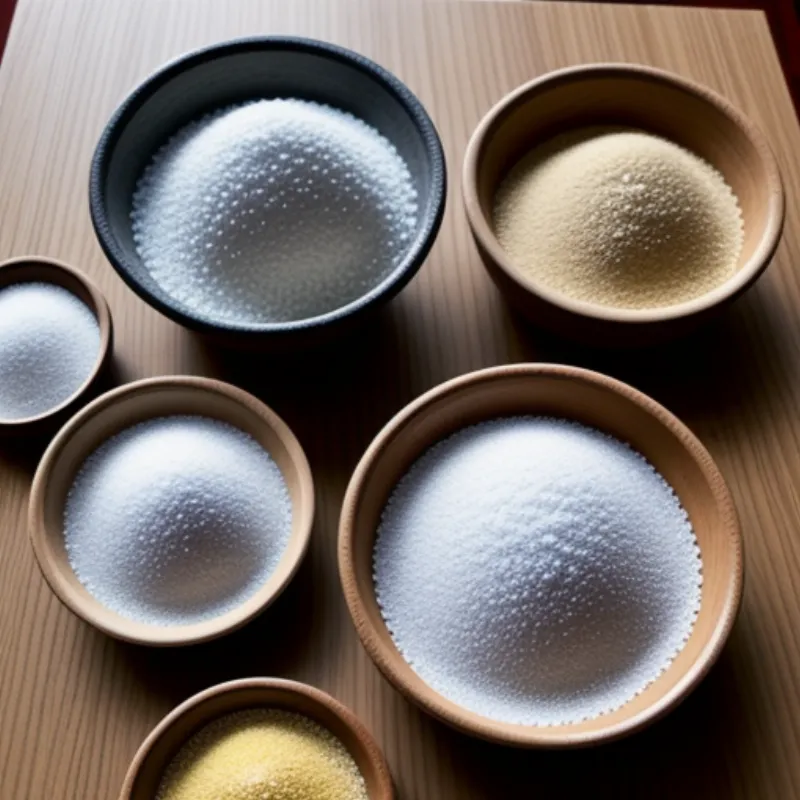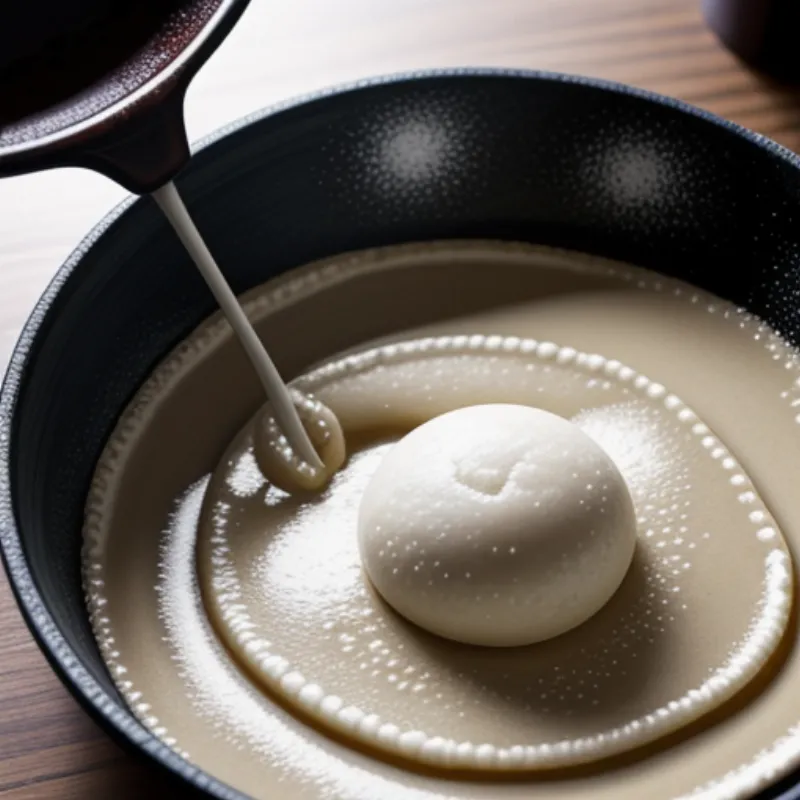Appam, also known as palappam, is a beloved South Indian pancake that holds a special place in the hearts (and stomachs!) of many. This culinary delight boasts a unique combination of crispy, lacy edges and a soft, pillowy center. Imagine biting into a cloud-like pancake infused with subtle sweetness and a hint of tanginess – that’s the magic of appam!
Whether you’re already familiar with the wonders of South Indian cuisine or eager to embark on a delicious adventure, this comprehensive guide will equip you with all the knowledge you need to make perfect appams right in your own kitchen. So, let’s gather our ingredients and embark on this culinary journey together!
Everything You Need to Make Appam
Before we dive into the step-by-step process, let’s make sure you have everything you need.
Ingredients:
For this recipe, we’ll be focusing on the traditional fermented appam batter.
- Raw rice: 2 cups (preferably parboiled rice like sona masoori)
- Cooked rice: ¼ cup (same as above, this aids in fermentation)
- Grated coconut: 1 cup (freshly grated is best, but frozen works too)
- Sugar: 1-2 tablespoons (adjust to your preference)
- Salt: 1 teaspoon (adjust to your preference)
- Active dry yeast: ½ teaspoon (or a small ball of fresh yeast)
- Warm water: For soaking and grinding
- Oil (for greasing): Coconut oil or any neutral-flavored oil
 Appam Batter Ingredients
Appam Batter Ingredients
Equipment:
- Blender or grinder
- Large mixing bowl
- Appam pan (or a small non-stick pan)
- Ladle
- Spatula
Step-by-Step Guide to Making Appam
Now that we have our ingredients and equipment ready, let’s get started!
1. Preparing the Appam Batter:
- Soaking the rice: Wash the raw rice thoroughly and soak it in warm water for at least 4-6 hours. Soak the cooked rice separately for about 30 minutes.
- Grinding: Drain the soaked raw rice and combine it with the cooked rice and grated coconut in a blender. Add water gradually and grind to a smooth batter, similar to a pancake batter consistency.
- Fermentation: Transfer the batter to a large mixing bowl, add sugar and salt, and mix well. Now, add the activated yeast (if using dry yeast, activate it in warm water with a pinch of sugar for about 10 minutes). Cover the bowl and let the batter ferment in a warm place for at least 8-10 hours or overnight. The batter should double in volume and have a slightly sour aroma.
Pro Tip from Chef Priya: “The fermentation time can vary depending on the weather. In warmer climates, it might take less time, while in colder climates, it might take longer. Look for the batter to double in volume and develop a slightly sour aroma, indicating successful fermentation.”
2. Cooking the Appam:
- Heating the pan: Heat the appam pan or a small non-stick pan over medium heat. Grease lightly with oil.
- Pouring the batter: Once the pan is hot, stir the batter gently and pour a ladleful into the center of the pan.
- Swirling motion: Quickly swirl the pan in a circular motion, allowing the batter to spread evenly and create thin, crispy edges while the center remains thick and soft.
- Covering and cooking: Cover the pan with a lid and cook for about 1-2 minutes or until the edges are golden brown and crispy, and the center is cooked through.
 Pouring Appam Batter
Pouring Appam Batter
3. Serving the Appam:
- Gently remove the appam from the pan using a spatula.
- Serve hot and enjoy your delicious appams!
Appam: FAQs and Serving Suggestions
FAQs:
- Can I make appam batter without yeast? Yes, you can use alternatives like cooked rice water (left overnight) or a pinch of baking soda for fermentation.
- My appam batter isn’t fermenting. What should I do? Ensure you’re using active yeast and your kitchen is warm enough. You can try placing the batter in an oven with the light on for warmth.
- Can I make appam ahead of time? Yes, you can make the batter a day in advance and refrigerate it. Bring it to room temperature before cooking.
Serving Appam:
Appam is incredibly versatile and can be enjoyed in countless ways. Some popular accompaniments include:
- Coconut chutney: A classic pairing with appam, offering a burst of flavor.
- Vegetable stew: A hearty and wholesome combination.
- Egg roast: A spicy and flavorful curry that perfectly complements the appam’s subtle sweetness.
- Sweet treats: Dip your appam in jaggery syrup or enjoy it with sweetened coconut milk for a delightful dessert.
 Plated Appam with Sides
Plated Appam with Sides
Conclusion
There you have it – your guide to mastering the art of appam making! Don’t be intimidated by the process; with a little patience and practice, you’ll be making these South Indian delicacies like a pro in no time.
We’d love to hear about your appam adventures! Share your experiences, tips, or any creative twists you come up with in the comments below. Happy cooking!
